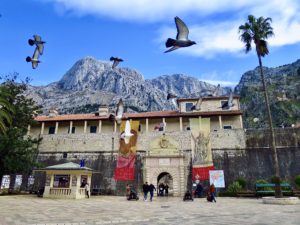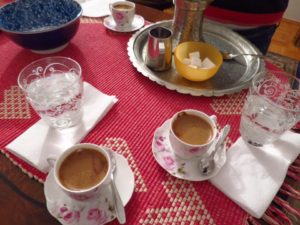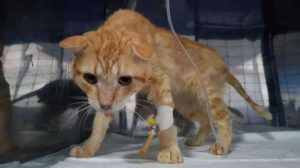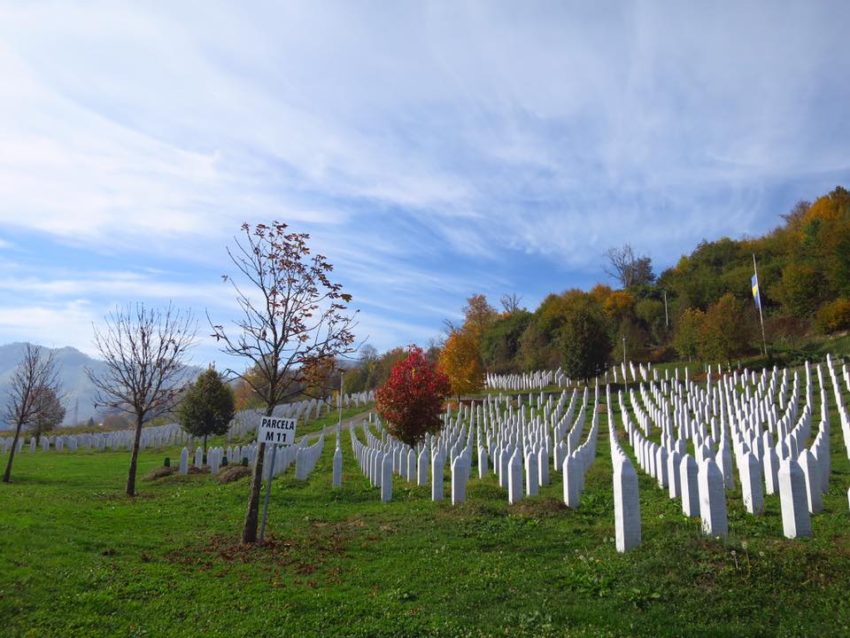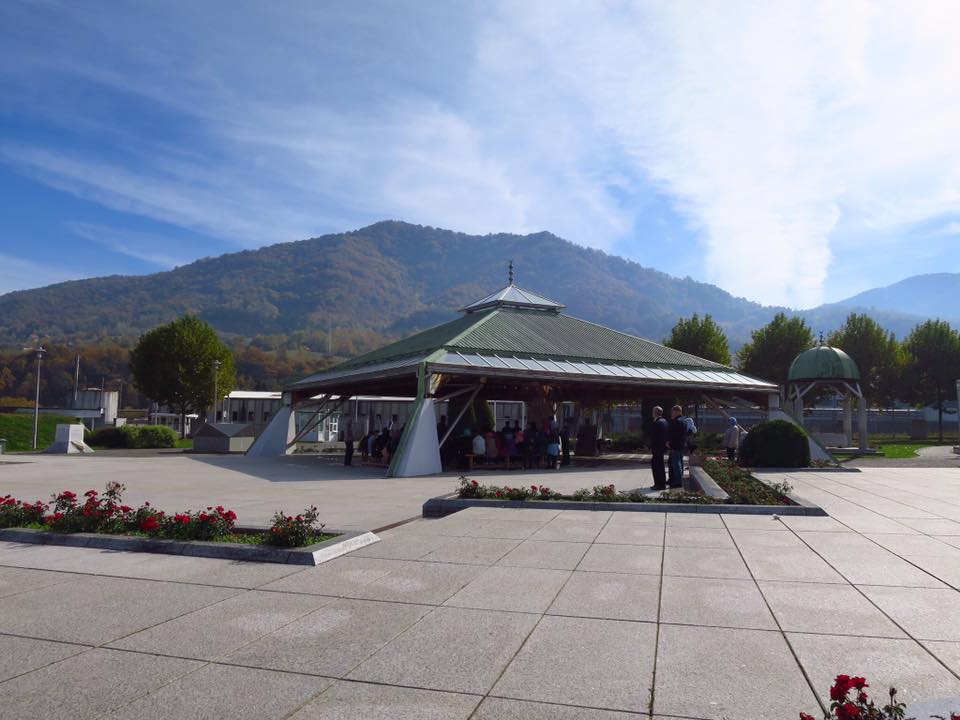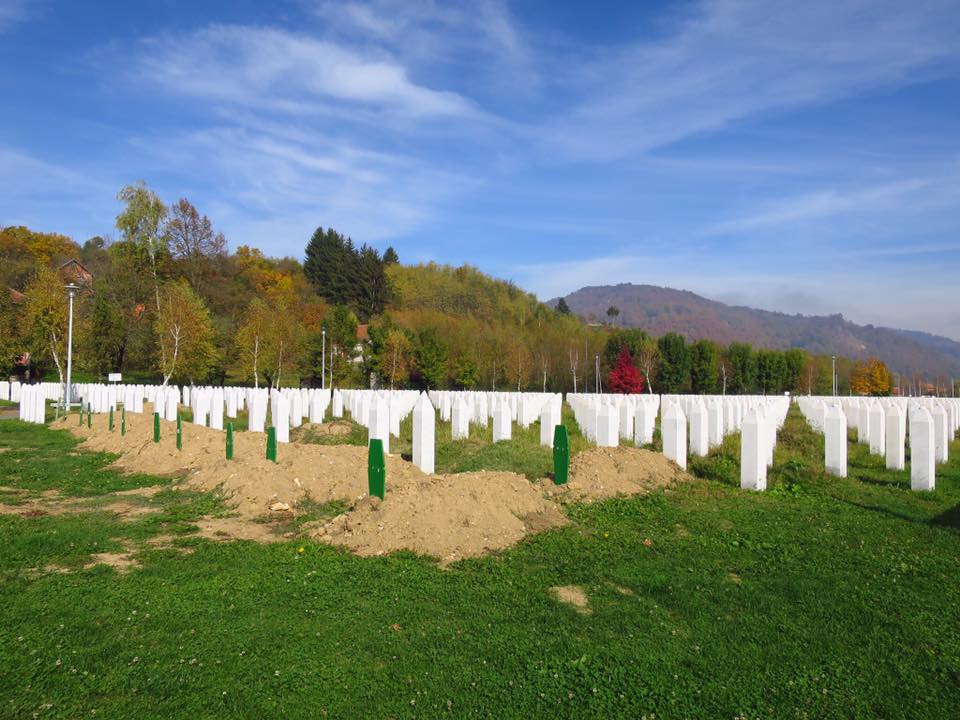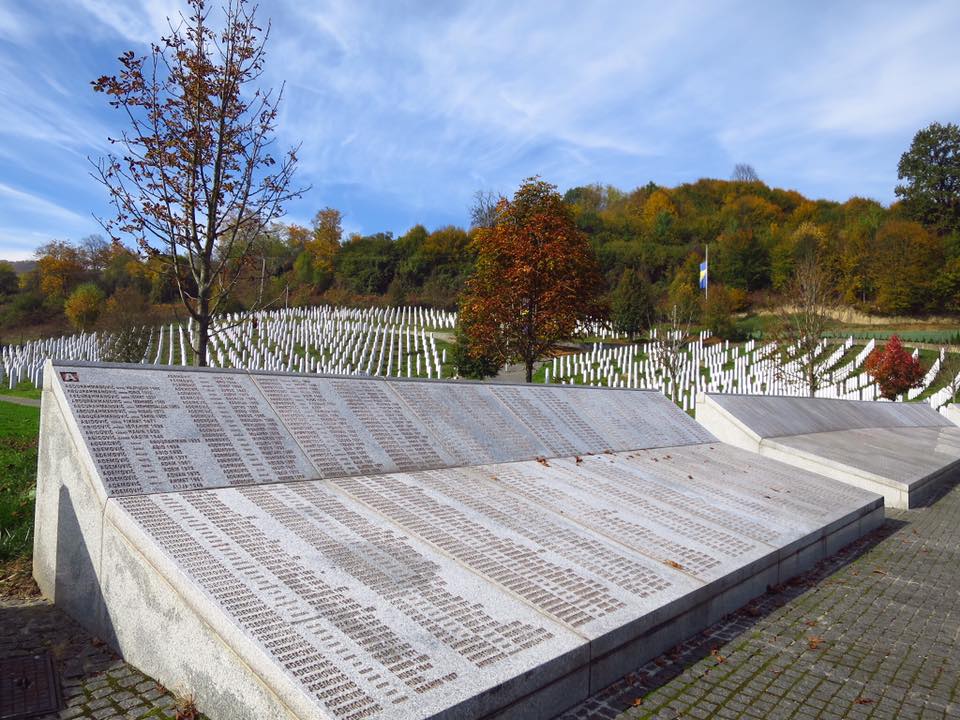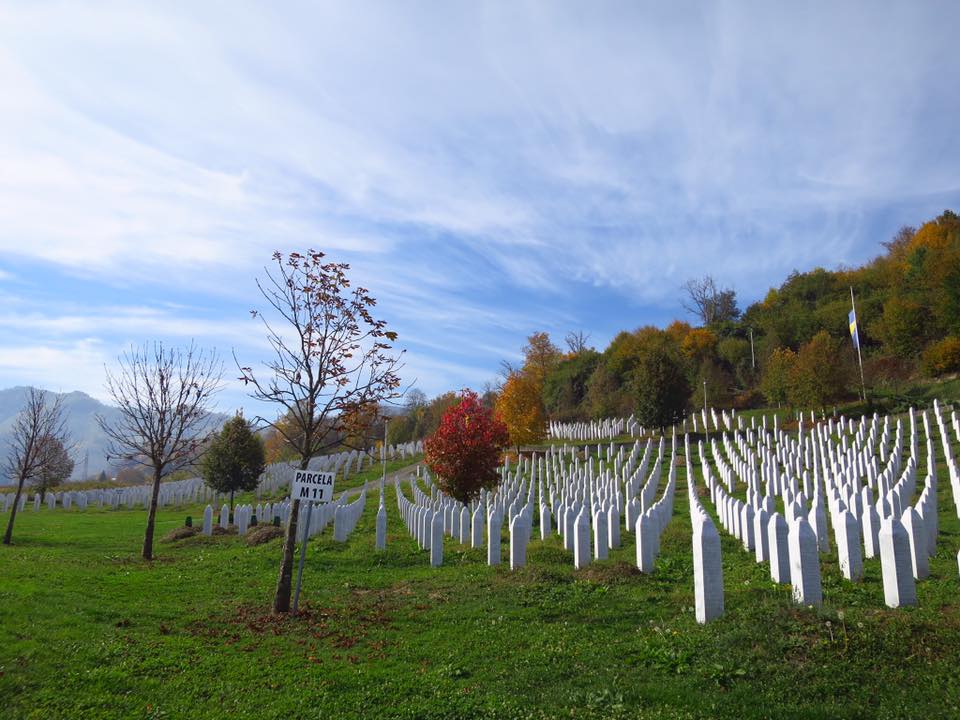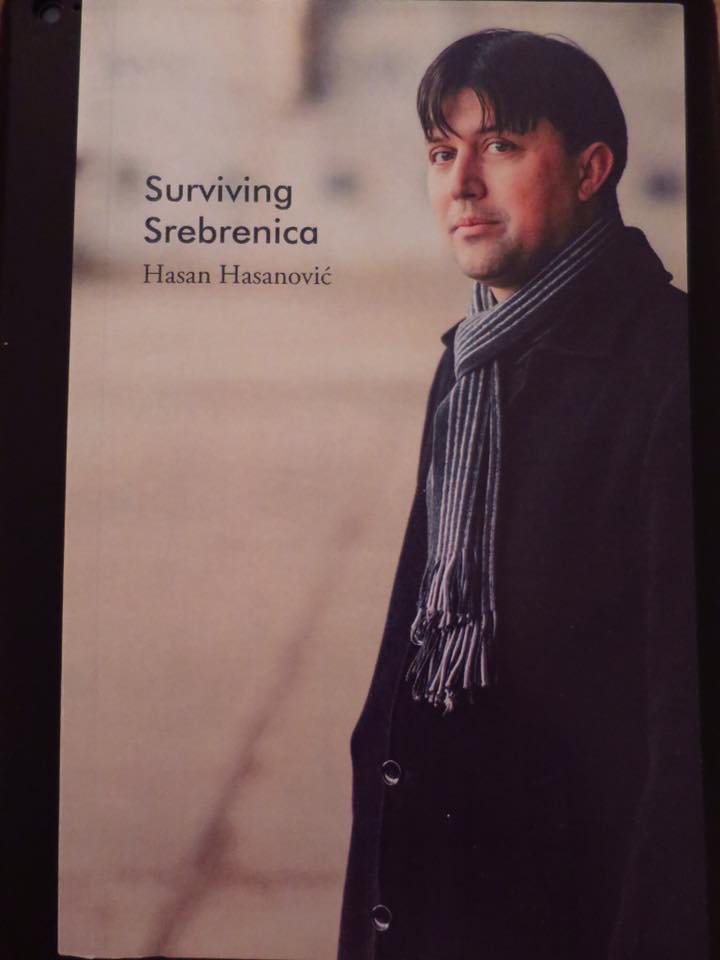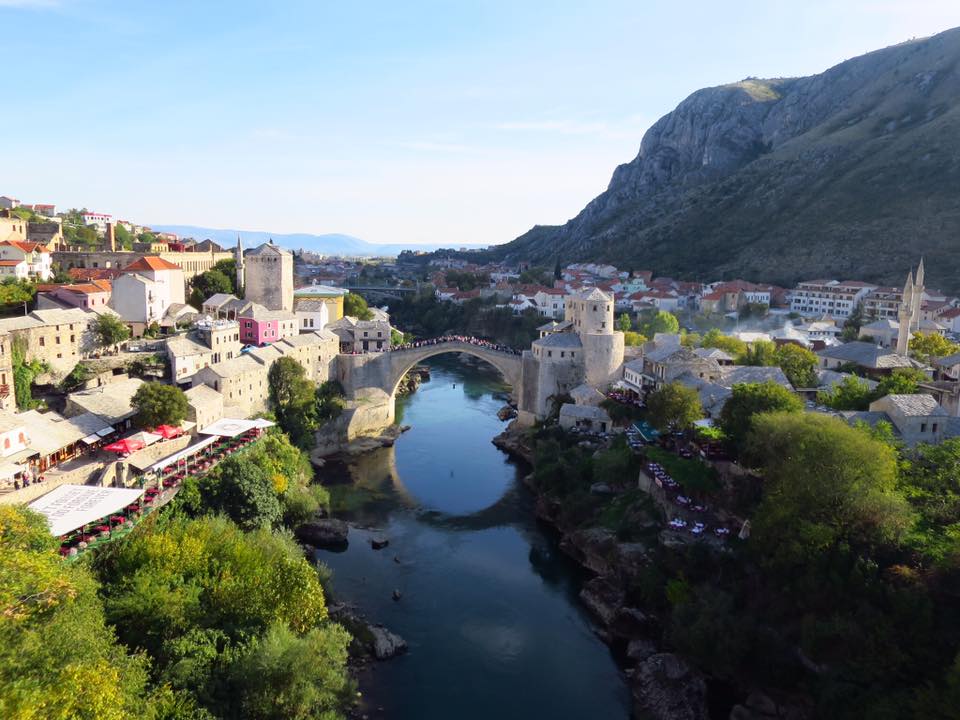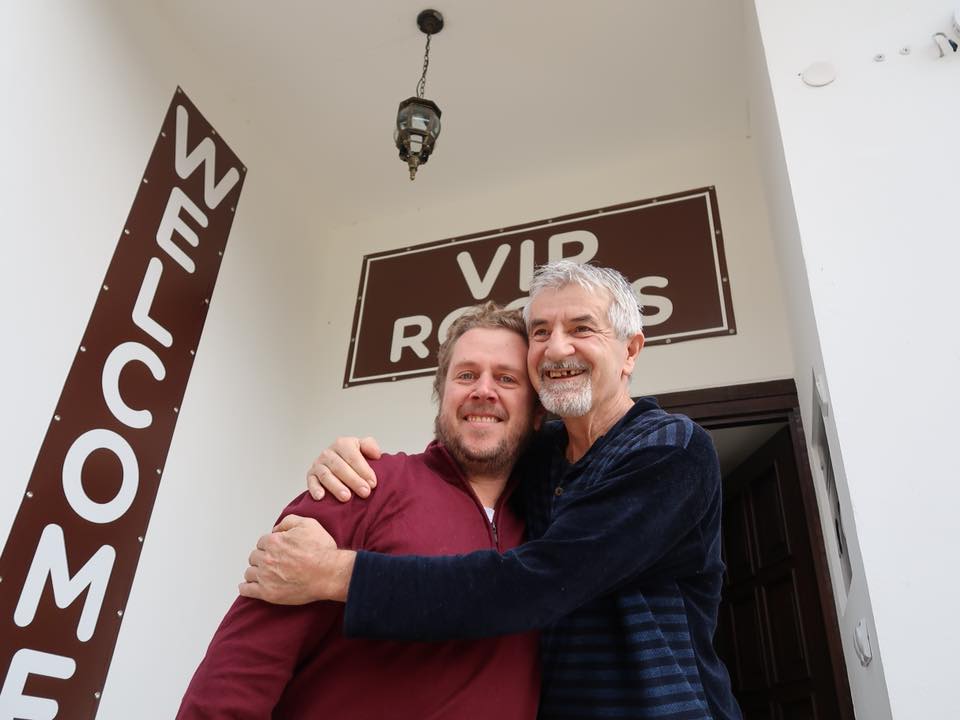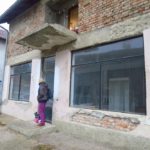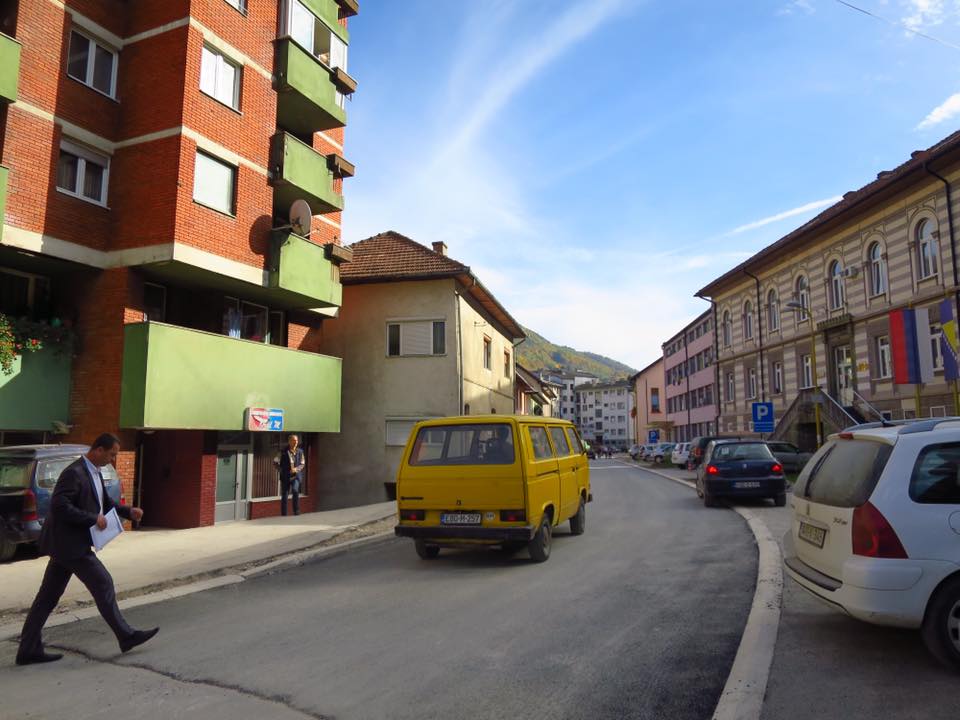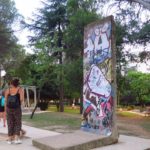Bosnia And Herzegovina was one of six republics in the former Yugoslavia. The others were Croatia, Macedonia, Montenegro, Serbia and Slovenia. When Yugoslavia was falling apart in the early 90s, Slovenia and Croatia declared independence. Bosnia and Herzegovina’s referendum showed that Bosnians wanted independence too.
In 1991, the ethnic breakdown of the 4.38 million Bosnians was:
44% Bosniaks (Muslim)
31% Serbs (Orthodox Christians)
17% Croats (Catholic)
8% Yugoslavs and “Others”.
The Serbs either boycotted the referendum, or were prevented from voting because their leaders preferred to join with Serbia and Montenegro which had formed a new Yugoslav federation. They declared themselves an independent Republika Srpska. On April 5th, 1992, the Army of Republika Srpska, with the support of Serbia, laid siege on Sarajevo.
The Serbs started banishing Bosniaks from their homes. Many were killed during ambushes and in concentration camps. By 1995, about 100,000 Bosnians had been killed. Every ethnic group was fighting every ethnic group, but the Bosniaks sustained the most brutal slaughters. About 80,000 of those killed were Bosniaks killed by Serbs, and to a lesser degree by Croats. The civil war dragged on until December 1995.
Genocide
An especially barbaric event during the Bosnian War was the Srebrenica Genocide. It’s pronounced sreh-breh-NEET-sah. In 1995, Serbs massacred about 8,000 Bosniak men and boys in the area of Srebrenica in just a few days. While many of the bodies have been identified and buried, there are still many missing (here and around the country). The new, and temporary, green wooden grave markers in my photo provide small, but important closure to surviving family members. Family members are thankful no matter how few bones of their loved ones were identified.
Equally important to the survivors is the acknowledgment that such an atrocity took place. Now in 2017, twenty-five years after the war started; when very few of the aggressors have been held accountable; when many of the aggressors deny the history; when many of the 20,000+ girls and women who were raped still see their rapists in their neighborhoods, we must do our part to honor the victims.
Thank You for Learning and Sharing
I thank you on behalf of all the victims for reading this. I thank you just as they thanked me for visiting their memorial cemetery and museum today; for the simple act of learning and sharing their stories.
The curator at the memorial, Hasan Hasanovic, is a survivor. He was a teenager during the war. His twin brother and father were massacred. The DNA team identified his father’s remains not too long after the war ended. It took years to find his twin’s. He said burying his twin was like burying himself. He wrote a book called “Surviving Srebrenica”. We bought a copy of the book from the small store across the road from the cemetery. The shopkeeper is still waiting for her husband and son’s remains to be identified. The DNA analyses are taking a long time because many of the people killed together were related, making identifying the specific individuals very difficult.
If you are like us, feeling helpless about what’s happening in war-torn countries now but don’t have a good way to assist them, consider spending your tourism dollars in Bosnia to help them rebuild. It’s a really beautiful place, and Sarajevo hosted the 1984 Winter Olympics. The Bosniaks are very appreciative that they have not been totally forgotten.
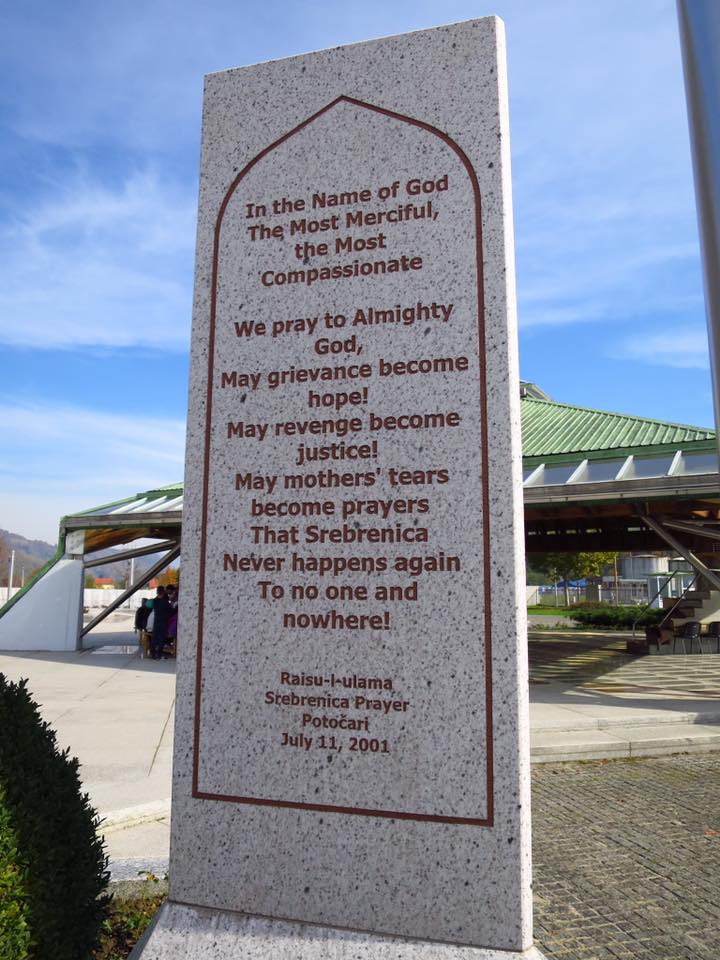
May grievance become hope!
May revenge become justice!
May mothers’ tears become prayers
That Srebrenica
Never happens again
To no one and nowhere!
